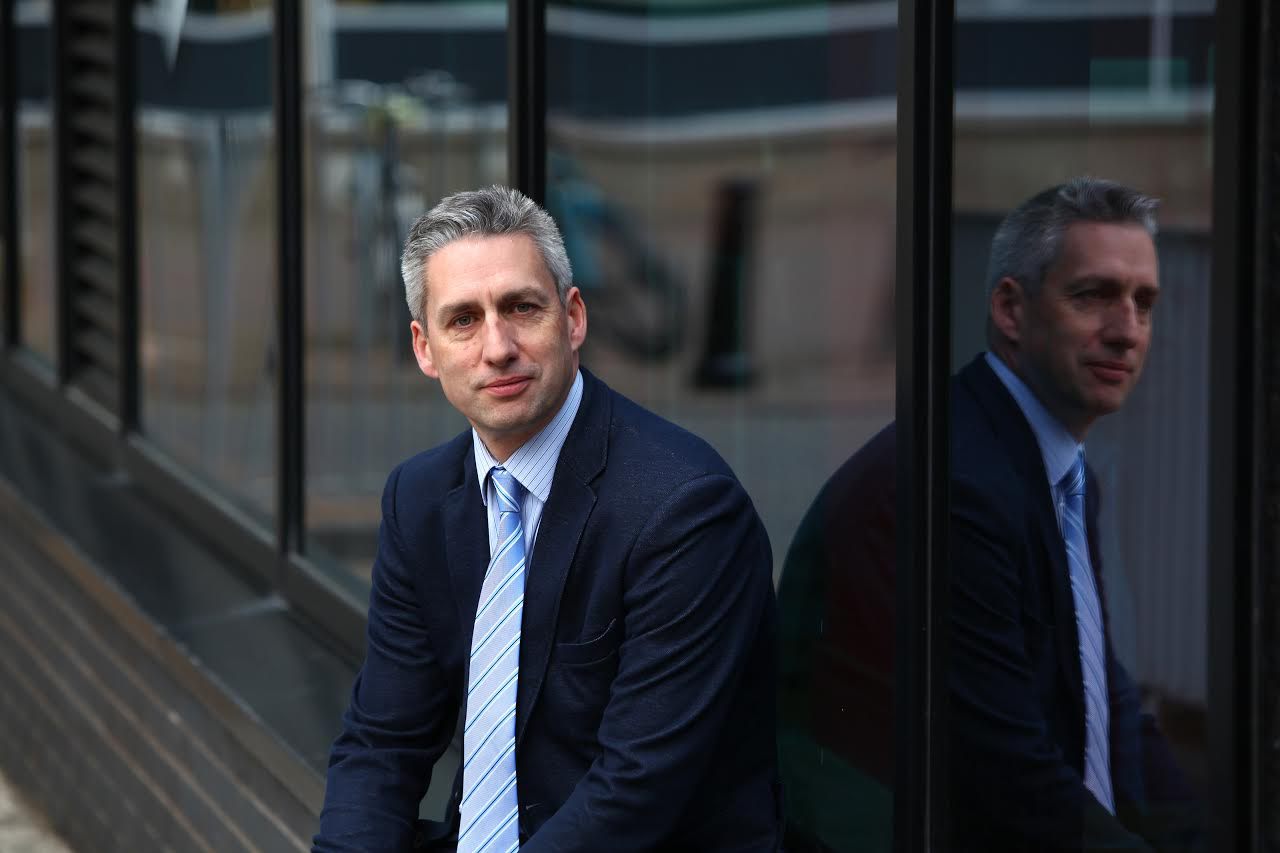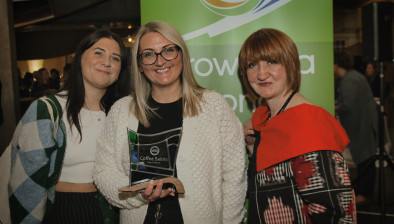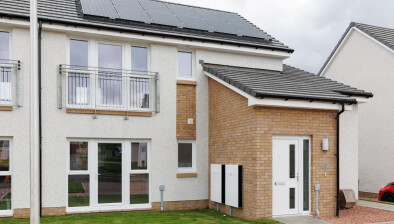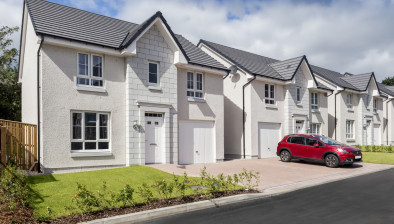Prof Sean Smith: Accelerating energy efficiency, archetypes, innovation and skills towards Net Zero

Professor Sean Smith
As part of Scotland Excel’s ‘Supporting the journey to Net Zero’ campaign, Professor Sean Smith, chair of Future Construction and director of the Centre for Future Infrastructure at the University of Edinburgh, speaks of the importance of accelerating energy efficiency of buildings and key factors on the journey.
Transformational Event Changes
The rapidly emerging energy crisis has brought into sharp focus for all of society the significant role of how we use energy, reduce consumption and de-risk exposure to market volatility. Such events, also seen with COVID-19, are in effect transformational for individuals, businesses, government and public sector in our current and future thinking, processes and actions. Not since the oil crisis in the 1970s have so many been focused on so few but critically important energy resources.
A key factor to reduce energy bills, apart from reducing consumption directly, of which few households have choice over such a necessity, is to maximise the fabric first approach through energy efficiency measures.
Scotland Excel’s Energy Efficiency Contractors framework marked a step change in approach, linking so many diverse contractors, SMEs, social housing providers and collective procurement from across Scotland. Whilst it is not a solution for the immediate energy cost pressures households are facing today, it does provide a pathway to address the many homes with poor energy efficiency measures over the next 4 years, with investments of circa £200 million per year.
Accelerating Net Zero Delivery
Acceleration of such programmes is likely given societal demand. Assessment of future delivery of retrofitting just the South East Scotland 720,000 homes by 2045 would require 50% more plumbers and twice the number of current electricians. This understandably would need capacity in Colleges and industry to be expanded to skill up and deliver at scale.
The critical second stage of energy efficiency for existing homes is the incorporation of suitable low cost heating, as heating typically accounts for 75-80% of energy consumption. User friendly heating technologies for home occupants and reductions in carbon dioxide equivalent emissions are essential ingredients to support household uptake and net zero targets.
Archetype Approaches for Mass Retrofit
Due to the historical periods of construction over the past 300 years, many of the existing homes fall within specific construction core material archetypes. The Zero Emissions Social Housing Taskforce (ZEST) recommended the potential of utilising archetype retrofit solutions which could cater for approximately 80% of all Scotland’s homes.
The potential pooling of key data on retrofit approaches to key archetype, both in fabric for energy efficiency and low carbon heating systems, could provide a critical pathway to accelerate roll out and deployment of housing solutions.
Circular Economy Benefits
In addition to the Scotland Excel framework approach reaching across Scotland, it has the potential to maximise the approach to reducing waste through the combined range of stakeholders involved. Scotland has reduced construction waste going to landfill by more than 65% over the past 15 years. The sector currently accounts for 50% of all waste to landfill, however the majority, over 75%, is composed of soils and aggregate materials. It will be important that there is not an increase in the remaining construction waste categories due to the scale of retrofit works over the coming periods. Adoption of designing out as much waste, having supplier processes such as ‘take back’ for off cuts and surplus will all help reduce emissions and support environmental outcomes.
Innovation Futures
The scale of works, diversity of product materials and energy systems all aiming for target performance levels for energy efficiency and energy use reduction also provides the industry a long term trajectory demand pathway for innovation. New types of energy efficiency products and new innovative energy low carbon heating systems, currently and in future being tested in university laboratories and in prototype projects for retrofit, underpins an optimism to the green future and economic, societal and environmental benefits ahead. From a science and engineering viewpoint, never has this work been of greater significance than now and the positive legacy for our future generations.
Prof Sean Smith, chair of Future Construction at the University of Edinburgh, recently spoke at Scotland Excel’s Energy Efficiency Conference and Expo ‘Building a Net Zero Scotland’ that took place in Edinburgh in May.
More than 200 people from across the built environment and energy efficiency sectors attended the one-day event held to launch the renewal of Scotland Excel’s Energy Efficiency Contractors framework. It brought together leading energy and climate experts to discuss how the public and private sectors can work together to combat the climate emergency and achieve the Scottish Government’s goal of a Net Zero Scotland by 2045.
You can view the films of the presentations and slides of each speaker through Scotland Excel’s website.









